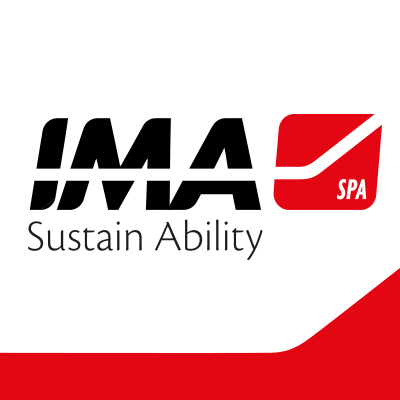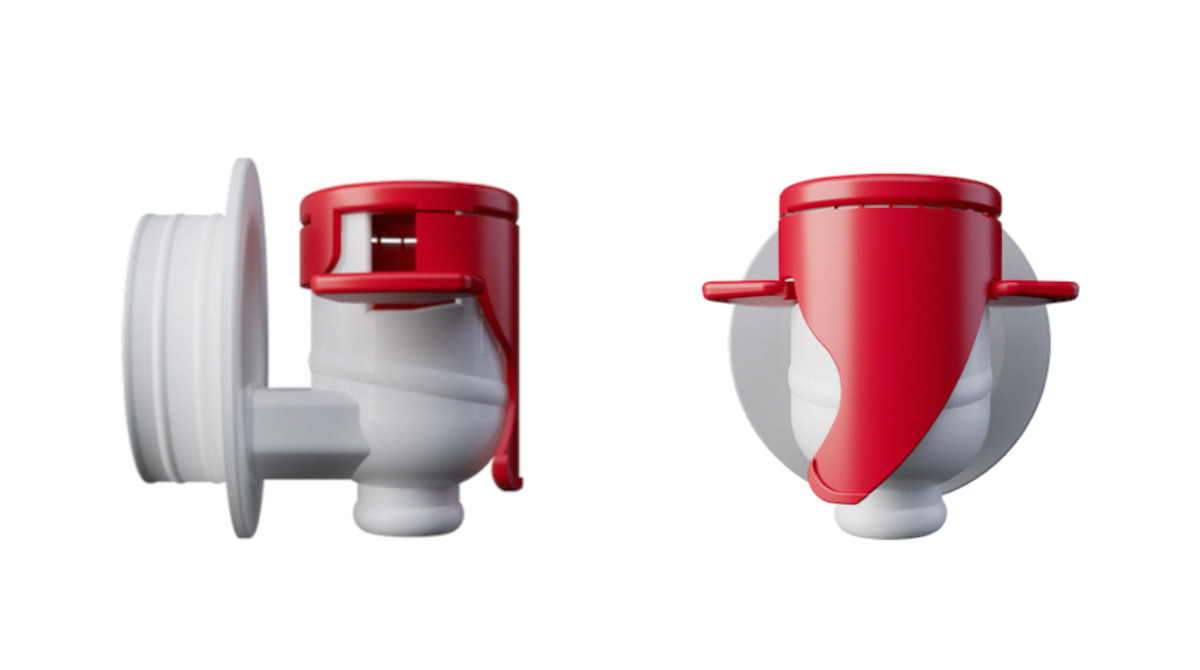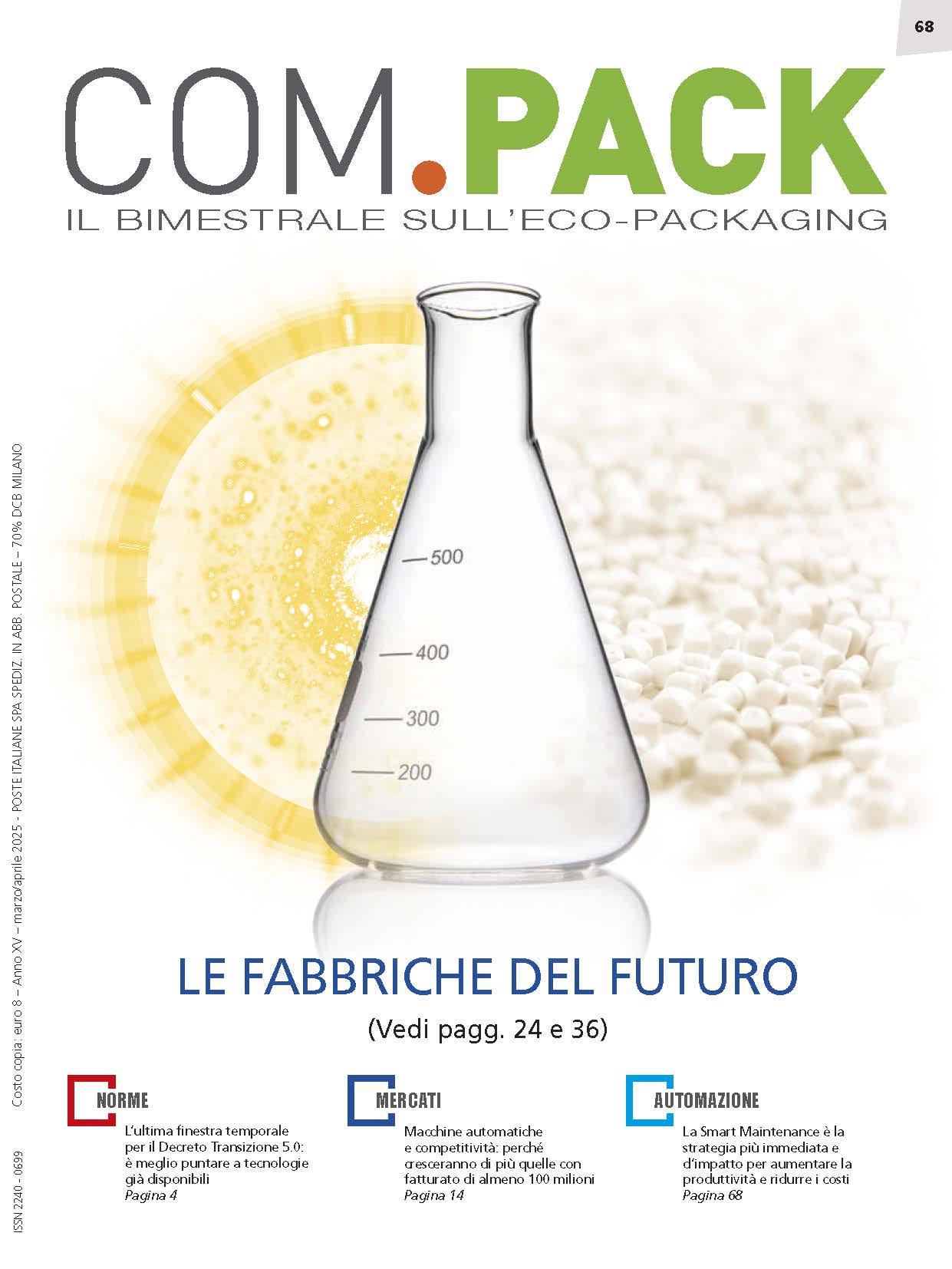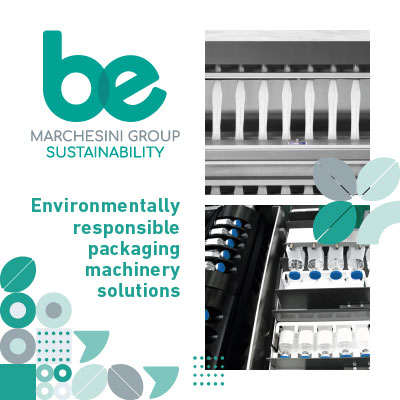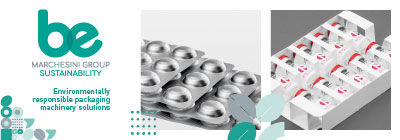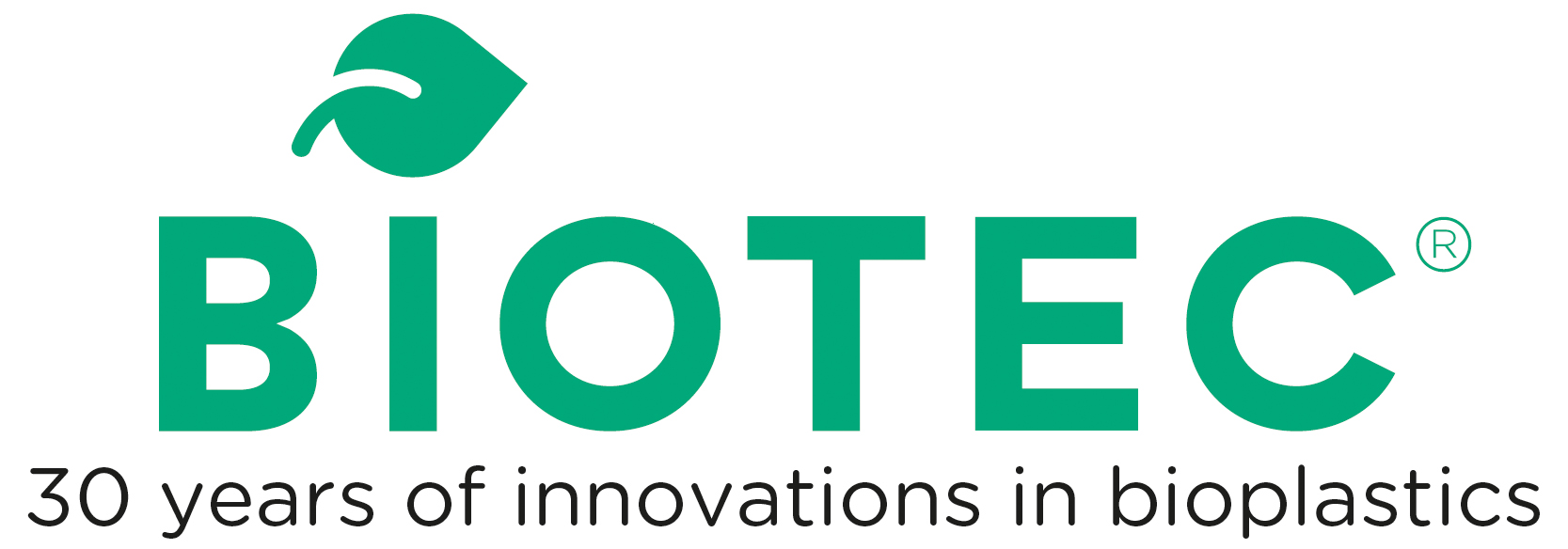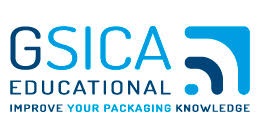I often receive questionings about maintenance costs. Particularly about cost-cutting. Let me try to explain this point a little bit better. If you are in a process-oriented organization or have not installed a reliability-centric model, chances are you still have improvements left to be implemented, it means both your costs and your service level may not be yet at an optimal point. In this case, there’s still plenty of work to be done. Once we reach this optimal point reducing further costs may be tricky, especially because cutting costs in maintenance will more likely increase costs elsewhere (and sometimes they may not be that clear).
One way to establish a maintenance budget target is to use TMC/ERV, in other words, the Total Maintenance Costs (people + services + spare parts + others) divided by the Estimated Replacing Value of the assets (not considering depreciation). It is not a perfect method but gives a very good starting point.
A rough figure will place the optimal cost somewhere between 2% to 2.5% MC/ERV as a maintenance budget target (considering asset replacement will be done out of CAPEX). This ratio may vary little considering machine designs, technologies in use and regulations. In general terms (there are some valid exceptions), companies with numbers above 2.5% still can improve towards a more reliability centric model and cash out some money while improving reliability and availability at the same time (doing the “right” things).
Companies with numbers below 2% MC/ERV may appear to be low but is highly likely to be experiencing additional costs elsewhere, caused by maintenance issues. Those costs may be hidden in sub-optimal OEE, normally resulting from either lower performance and/or excess of machine breakdowns which will also affect service levels, yield losses (products and packaging materials), quality, energy consumption and rework. They may also be hidden in additional CAPEX resulting from a faster deterioration of the assets. Not to mention safety and regulatory risks that could eventually result in avoidable accidents. It seems when an accident happens, people remember the things that were left undone, but then it is already too late.
One of the most common targets of cost-cutting is over time. It kind make sense, most of the work should be done during regular shift hours. However, there’s a detail here. If Maintenance and Production are using the same shift hours, the math may not work. Maintenance goal is to ensure machines are working during production shift hours. Unless we have over capacity (which is rare nowadays), having preventive routines during production shift hours we may avoid over time in maintenance but adding much more cost on Production due to the lack of equipment ready to use. How much cost equipment stopped during regular shift hours? How many production workers hours are lost? Can we meet the demand using normal shift hours? In this scenario, cutting OT in Maintenance may actually add more costs in Production than the potential savings.
Savings are important. The goal should be reaching the lowest sustainable maintenance cost while ensuring all critical equipment is running properly. Below that point, “savings” may end up being very expensive.

(by Eduardo Schumann, Improving efficiency consultant)





